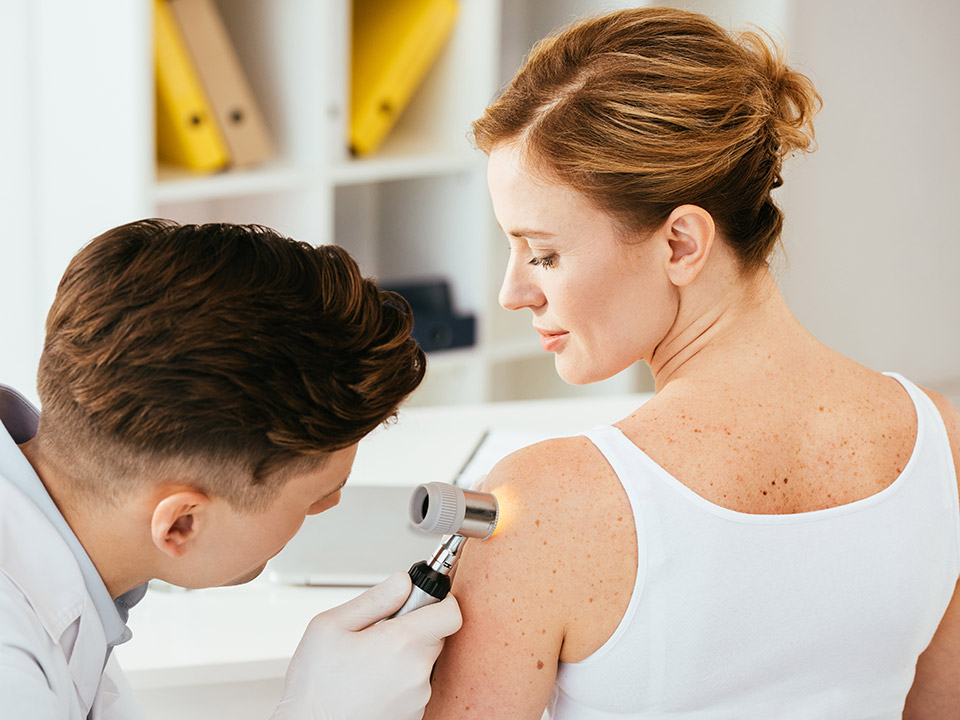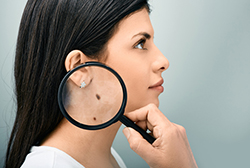
How to Treat Melanoma and Prevention Tips For Healthy Skin
Your skin is beautiful, but it is also sensitive and fragile. Constant exposure of your skin to UV radiation could damage it and put you at risk of getting Melanoma. You could also develop it through gene mutation. However, there is a silver lining; melanoma has a treatment that we will explore in the article. Additionally, it will provide you with prevention tips that you can apply to avoid the condition and maintain healthy skin.
What Is Melanoma?
Melanoma is a severe type of skin cancer that develops when the color pigment-generating cells (melanocytes) start growing uncontrollably. It exists in five stages (Stage 0, I, II, III, IV). The more progressive the stage, the thicker the tumor. There are four types of melanoma skin cancer:
- Superficial spreading melanoma is the most common and spreads on the surface of the skin.
- Nodular melanoma penetrates and grows in the dermis, the inner layer of the skin.
- Lentigo maligna melanoma majorly affects older people. The larger it gets, the darker it grows into black or brown patches.
- Acral lentiginous melanoma grows outward across the surface of the skin before getting underneath. It mostly affects people with dark skin tones.
Other rare types of melanoma include mucosal lentiginous melanoma, intraocular melanoma, and desmoplastic melanoma. Now that you know a little about the various types of melanoma, you might wonder what treatment looks like.
Treatment of Melanoma
Experts can treat melanoma in various ways depending on factors like how progressed the condition is, how fast or slow the melanoma is growing, underlying health conditions of the patient, side effects, and the patient’s lifestyle. However, the most common treatment methods include:
- Surgery It is the go-to option for most patients in the first stages of the disease melanoma. Surgery is the ideal treatment for the early stages of cancer. This treatment sees different procedures, including lymph node dissection, lymphatic mapping, wide excision, and sentinel lymph node biopsy.
- Wide excision This treatment sees tumor removal from the affected area by first numbing it through anesthesia. A portion of the skin is then cut around the margin (edges of the area of the cut skin). The margin area’s size depends on how deep or vast the melanoma has spread. After removal, the tumor is examined under a microscope to ensure the alleviation of all the cancer cells. Depending on how large the margin is, doctors may also perform a skin graft to cover the affected area.
- Lymph node dissection This type of surgery normally follows a biopsy that indicates that the tumor is in the sentinel lymph nodes. The surgeon then examines the lymph nodes close to the melanoma. If the surgeon detects a node, they will perform a lymph node dissection. However, it is critical to note that this method has limited evidence of complete effectiveness against melanoma. Additionally, it could result in adverse side effects such as lymphedema (swelling in an arm or leg). Therefore, it is fundamental that you discuss with your doctor first to find out if it is an option for you.
- Surgery for metastatic melanoma In other unfortunate circumstances, melanoma might spread to other organs of your body. In such situations, it is almost impossible that surgery will cure you. However, doctors perform it to keep the spread under control. If you find yourself in this spot, discuss with your doctor the possible risks and benefits.
- Radiation Therapy Radiation therapy entails using high-energy rays to kill cancer cells. External Beam Therapy is the type of radiation therapy that commonly treats melanoma. First, the surgeon measures the affected area to determine the angle for aiming the radiation beams and the correct amount of radiation to administer.
Other types of radiation therapy like stereotactic radio surgery (SRS) removes skin cancer cells that have spread to the brain. You undergo heavy radiation focusing on the tumors. Despite what the name suggests, there is no surgery. Radiation could lead to side effects such as; fatigue, nausea, hair loss, skin color changes, skin irritation, and sunburn-like skin problems. However, most side effects are likely to clear out a few weeks after radiation is complete.
Prevention Tips for Melanoma
If you have the opportunity to prevent disease, then you should take every measure to do so. You would not want to get the diagnosis stage and be subject to the above treatments if you can avoid it. Below are some of the most effective measures you can take to prevent developing melanoma:
- Stay away from tanning beds and sunlamps. Sunlamps and tanning beds emit UV rays that may subject your skin to long-term effects such as cancer.
- Avoid feeding your skin to the sun. When it is sunny outside, all you wish to do is take a stroll as you feel the sun on your skin. This is healthy, but excessive direct exposure to UV rays increases the chances of contracting melanoma. If you are outdoors for a long time, be sure to put on sunglasses to protect your eyes, a t-shirt to cover your skin, a hat, and apply your sunscreen for protection.
- Establish a routine check-up for your skin. It will help you notice any abnormal changes in your skin and seek medical attention early. These abnormalities include moles—which are small, dark, brown spots that could transcend to melanoma. If this occurs, you need a robust routine check-up with a dermatologist to pursue removal.
- Keep your immune system strong. The weaker your immune system gets, the higher the chances of you getting melanoma. So eat healthily and avoid indulging in anything that might jeopardize your immune system.
In conclusion, you can receive treatment and prevention measures against melanoma. As discussed, all you need to do is seek the appropriate treatment bearing the risks and side effects in mind. Then, consult your doctor to help you make an informed decision. On the other hand, if you can protect yourself from getting skin cancer, then do so. Remember, better be safe than sorry.





